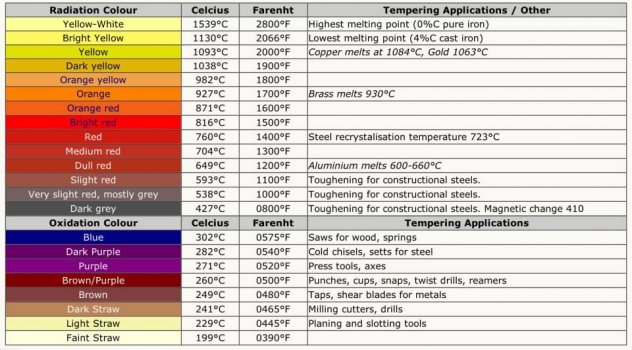Forgive the n00b but I originally posted this in the wrong area, so I am cross-posting it here via cut and paste.
I am considering doing my own heat treating, 1 because I am cheap, and 2 because as part of the process I want to have my hands in it, at least once. When I was in school a million years ago, we all made cold chisels. To HT them, we got them super hot then dunked them. When we were done we polished them up and hit them with a torch until we could see straw color near the working edge, then left them on top of the forge and picked them up the next day when they were cold. That is all of my first hand knowledge of the HT process.
I am going to work with the easiest steels I can for some time such as 80CRV2 and perhaps some 1084 and maybe some O1 or W1 if I can find it. I am assuming that I can get to 1500° with just a torch, and I think I can use my toaster oven to get to 400°-500°.
Is there anything I am missing? Or do I need to make a 1 brick or 2 brick forge?
Is it worthwhile to pick up a set of Rockwell files, or can I just trust the process and expect specific results?
I am considering doing my own heat treating, 1 because I am cheap, and 2 because as part of the process I want to have my hands in it, at least once. When I was in school a million years ago, we all made cold chisels. To HT them, we got them super hot then dunked them. When we were done we polished them up and hit them with a torch until we could see straw color near the working edge, then left them on top of the forge and picked them up the next day when they were cold. That is all of my first hand knowledge of the HT process.
I am going to work with the easiest steels I can for some time such as 80CRV2 and perhaps some 1084 and maybe some O1 or W1 if I can find it. I am assuming that I can get to 1500° with just a torch, and I think I can use my toaster oven to get to 400°-500°.
Is there anything I am missing? Or do I need to make a 1 brick or 2 brick forge?
Is it worthwhile to pick up a set of Rockwell files, or can I just trust the process and expect specific results?

